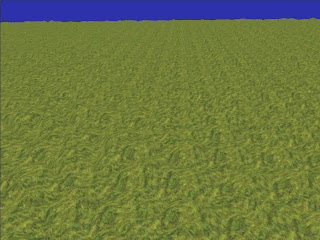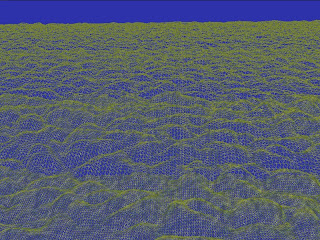

Here is a new DX9 version of GPU geometry clipmaps.
It uses the new coordinate system from the DX10 version. Terrain is generated on CPU using Perlin's simplex noise & you can stream your own terrain. You can stream anything you need ( normals, textures, etc... ) the same way terrain is streamed.
Unfortunaltly, normal generation on GPU doesn't work yet so i removed it from this version. It is almost finished but i don't have much free time. I hope that i will release a full version before October 2009.
It also contains a few bug fixes.
GPU Geometry Clipmaps DX9 1.5 WIP










